Our world is full of life. There are literally millions of unique species on Earth. It wasn’t until the 18th century that Swedish botanist Carl Linnaeus developed the architecture for our modern system of binomial nomenclature, the naming of species using Latin grammar, which places an animal’s genus and then species in its formal name. Today, the field of identifying and organizing species is just as alive as ever. You’d be shocked at the animal life that has existed beside us for years without recognition. Below, we highlight some of the shocking species living on our planet that were just found just within the last several years.
Game of Thrones Ants: Pheidole Viserion and Pheidole Drogon
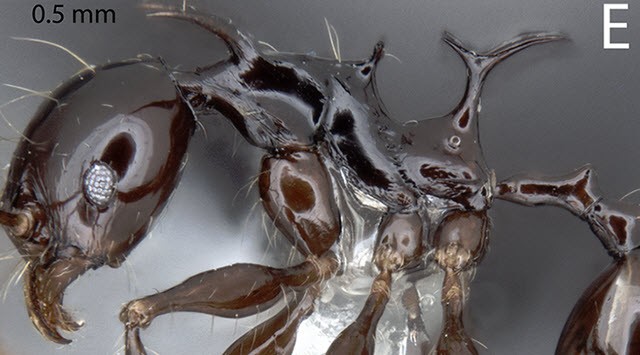
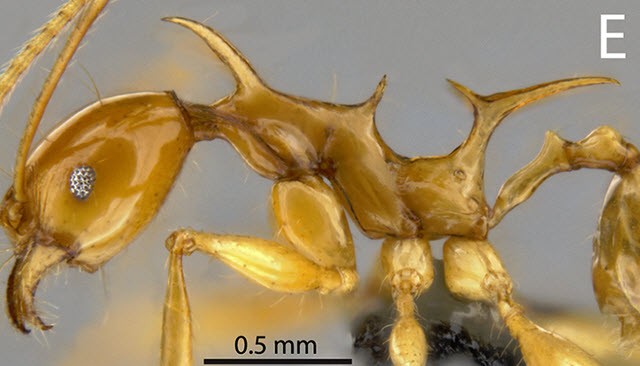
https://www.sciencespacerobots.com
Ants make up an impressive portion of Earth’s biomass, so it’s no surprise that two new species of ants weren’t known to researchers until this year. These new species, Pheidole viserion and Pheidole drogon , are members of the Pheidole genus, a common one that can be found throughout the planet.
These ants are known for their relatively large heads, P. viserion and P. drogon also sport impressive spikes on their backside. Researchers decided these spikes were like those found on dragons from the popular show Game of Thrones. The ants were observed in New Guinea, the second-largest island in the world, a tropical ecosystem of incredible biodiversity.
Pretty In Pink: Eulophophyllum Kirki
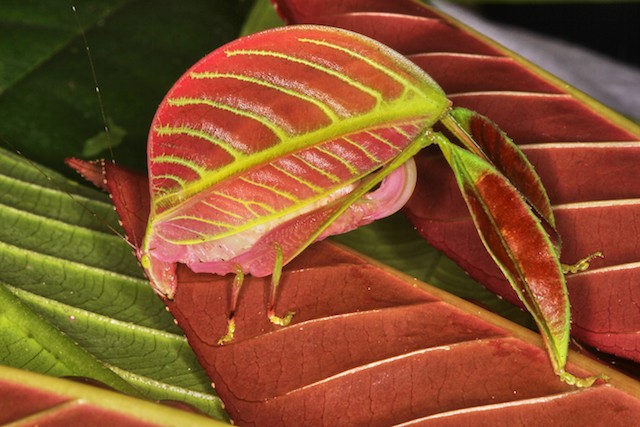
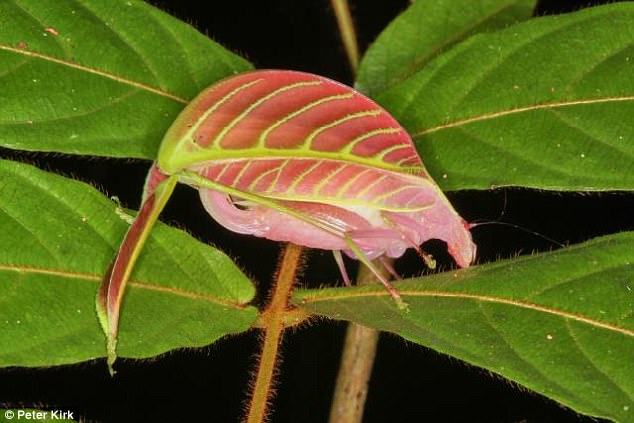
Eulophophyllum kirki was an accidental discovery, found while researchers were on the hunt for snakes and spiders across Borneo. This species of katydid is unique for the pinkish hue of their females. The E. kirki female was spotted in a Malaysian nature reserve, but no specimens were collected for further research, as the scientists could not obtain collecting permits. The katydid’s name is derived from the man who photographed it, Peter Kirk. It measures approximately 4 centimeters (1.6 in) and mimics leaves to blend in seamlessly with its surroundings. For the female, this means its extraordinary pink backside is lined with “veins” resembling those from nearby trees.
The ‘Sorting Hat’ Spider: Eriovixia Gryffindori
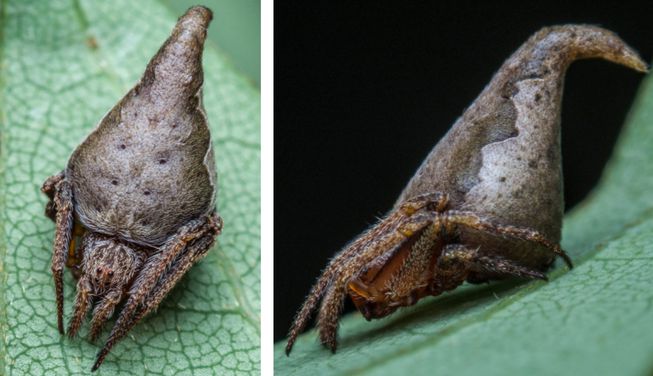
It’s common for scientists to give pop culture a nod when naming species. This is the case with the newly discovered Eriovixia gryffindori, a spider found in India’s southwestern state of Karnataka. The spider’s shape, from its brownish hue to its curvature at the top, resembles the sorting hat from the Harry Potter movies. The spider is part of the Eriovixia genus, part of the Araneidae family, which consists of orb-weaver spiders, known for spinning webs with circular weaves. E. gryffindori measures in at just 7 millimeters, which helps explain how it eluded discovery for so long. The spider is nocturnal, and like the pink katydids, it is a master of mimicry, blending in with dead foliage to avoid predators.
The Casanova Millipede: Illacme Tobini
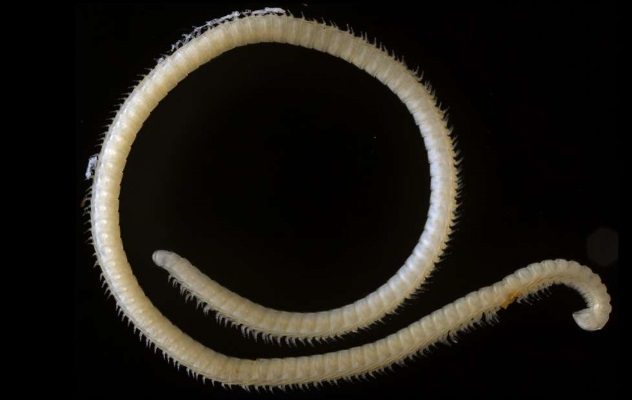
For Illacme tobini, we’re going stateside, as it was discovered in California’s Sequoia National Park.
I. tobini has several features that will make you squirm, but we’ll start with the one responsible for the “casanova millipede” description. This creature has four penises, which double as legs to help it move about underground. I. tobini has 414 legs, much higher than the average for a millipede.
I. tobini has 200 poison glands, excreting a novel substance. The one thing this creature doesn’t have an abnormally high number of is eyes; it’s completely blind. This quirky package is wrapped up in thin hairs that secrete a silky residue, unique from its poison, making it decisively one of the strangest entries on this list.
The Polka-Dot Stingray: Potamotrygon Rex
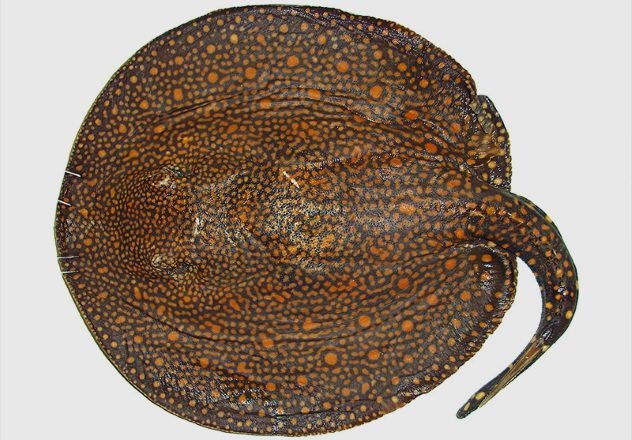
Freshwater stingrays can be found in a number of tropical regions around the world. They don’t seek out humans to attack, though there are cases where people have had lethal run-ins. Steve Irwin, the “Crocodile Hunter,” was killed by an ocean stingray’s barb going through his chest in September 2006. Potamotrygon rex was discovered in Brazil’s Tocantins River. P. rex is an impressive 1.1 meters (3.6 ft) long and can weigh upwards of 20 kilograms (44 lb).The stingray is colored with blackish-brown hues, spotted by striking circles of yellow and orange. These features led to its eventual naming of rex, Latin for “king.”
The Furry Forager: Gracilimus Radix
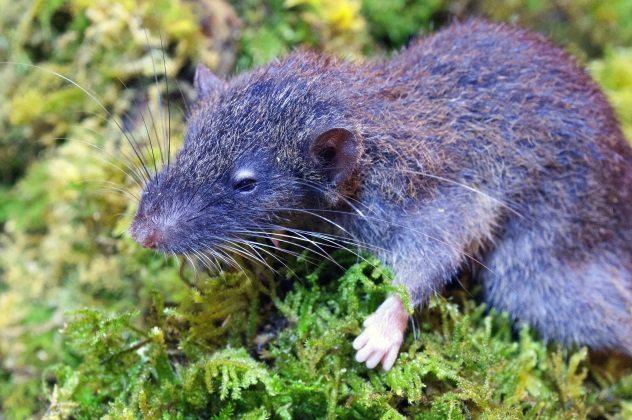
Our next entry brings us back to the South Pacific, this time to the island of Sulawesi, slightly east of Borneo. This includes Gracilimus radix, a new species of rat found on the island. G. radix, aka the “slender root rat,” is a mammal. G. radix is an omnivore, unlike its closer carnivore relatives. The rat measures 30 centimeters (12 in) with a weight of approximately 40 grams, showing off an elaborate array of whiskers that most likely help it scour the forest floor.
The River Rider: Inia Araguaiaensis
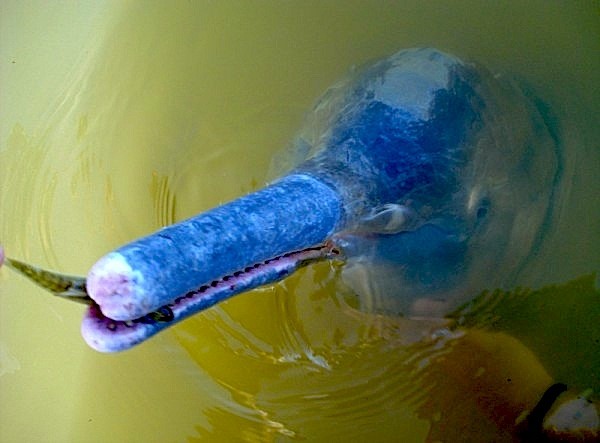
https://news.nationalgeographic.com
River dolphins are rare, which makes the discovery of Inia araguaiaensis even more astonishing. It marks the first new documentation of a river dolphin species in a century. Three of the world’s four species of river dolphin are listed as threatened, further highlighting the need to protect. River dolphins, often called botos, exist throughout the Amazon Basin, yet this new species was sufficiently separated from other botos by a sequence of rapids and canals. I. araguaiaensis was found in Brazil’s Araguaia River Basin
Jack Of All Trades: Centipede Edition; Scolopendra Cataracta
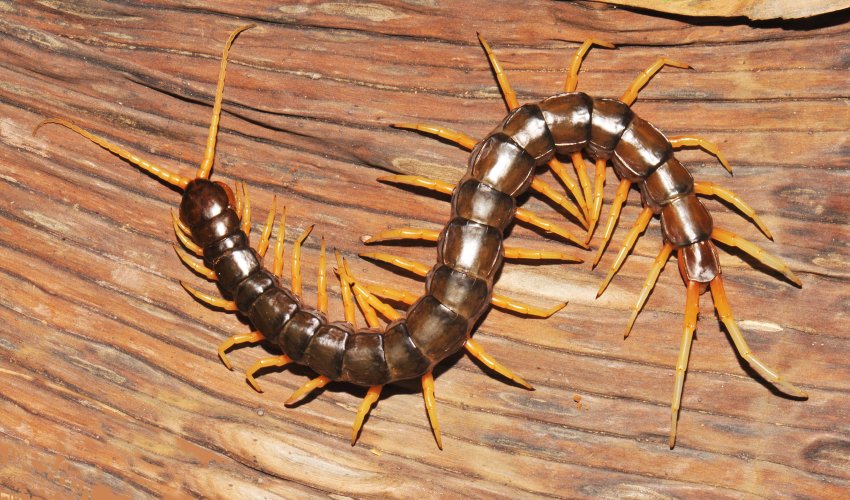
If you thought you were safe from creepy-crawly critters after the listing of a 414-leg millipede, you were mistaken. Our next entrant, Scolopendra cataracta, was found in Southeast Asia Entomologists could categorize the new species based on only four collected specimens: two in Laos, one in Thailand, and a misidentified centipede found in Vietnam in 1928 that sat idle in the Natural History Museum in London. This new species is the first centipede ever discovered to be amphibious, hunting in both land and water. That’s right; S. cataracta is a carnivore and can potentially reach almost 20 centimeters (8 in) in length. Scientists believe S. cataracta stretches its legs, and its appetite, at night, hunting beneath the water, something to keep an eye out for if you find yourself swimming in the far corners of the world.
Related Content
Most Terrifying Insects in the WorldImpala rescue, Must watchOutrageous Stories of Cats’ Lives Saved In Strange Ways